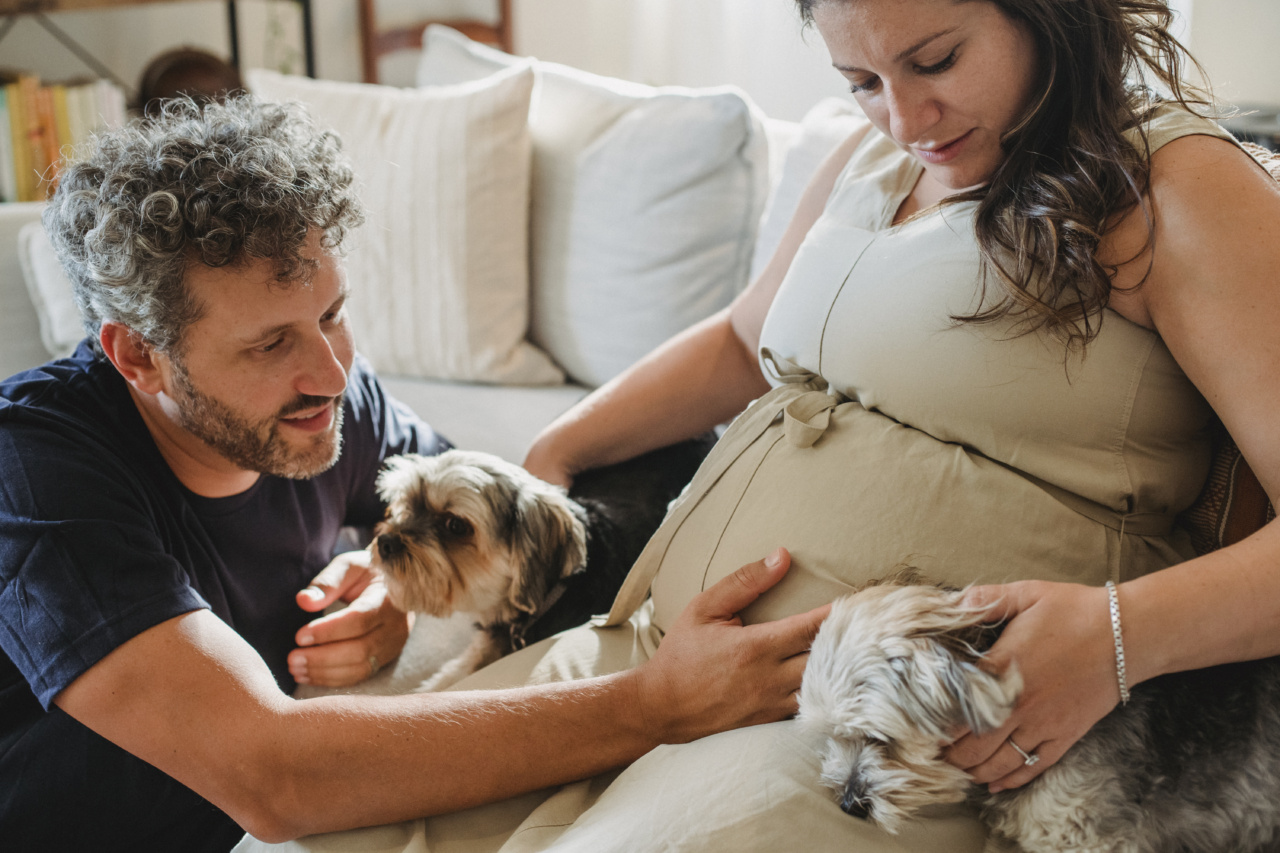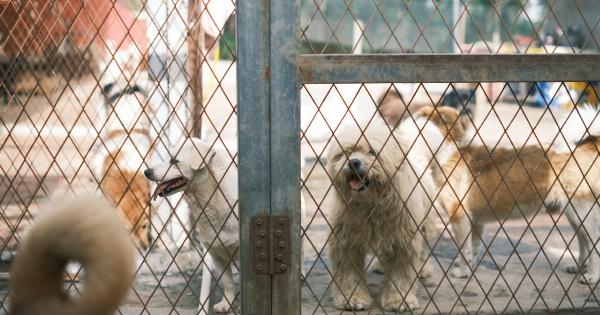When a dog rolls onto its back and exposes its belly, it’s often seen as an invitation for a belly rub. But this behavior, known as the “belly up position,” goes beyond a simple request for a scratch.
It is a vulnerable and trusting gesture that dogs use to communicate with humans and other animals, expressing their desire to bond and form a connection. Understanding the significance of the belly up position can help deepen your relationship with your furry friend.
The Body Language of the Belly Up Position
When a dog lies on its back and shows its belly, it is exposing one of its most vulnerable areas—the stomach. This position is the opposite of a defensive posture and indicates that the dog feels safe, comfortable, and at ease in its environment.
Here are some key body language cues associated with the belly up position:.
1. Legs in the Air
When a dog lies on its back, it often extends its legs, allowing them to rest in the air. This exposes the sensitive underside of the dog’s paws and demonstrates a complete lack of defensiveness.
2. Relaxed Muscles
Dogs in the belly up position typically have loose, relaxed muscles, indicating a state of comfort and trust. They may appear floppy and content, ready to receive affection.
3. Soft Facial Expressions
A dog showing its belly usually has a relaxed facial expression. The mouth is often slightly open, the ears are relaxed or may flop to the sides, and the eyes may appear half-closed or squinty.
4. Wiggly Tail
When a dog is inviting a belly rub, its tail may wag gently or even vigorously. This wagging tail signifies joy, anticipation, and eagerness for interaction.
Why Dogs Choose the Belly Up Position
Dogs adopt the belly up position for various reasons, each rooted in their natural instincts and social behavior. These motives include:.
1. Trust
A dog only exposes its vulnerable belly to those individuals it trusts implicitly, whether it be its human guardian or a fellow canine. When a dog offers its belly, it is a clear sign of an established bond built on trust.
2. Submission
In canine social dynamics, a submissive dog will often expose its belly to a more dominant dog or person. This behavior communicates deference and a willingness to yield, promoting harmony within the group.
3. Playfulness
Some dogs assume the belly up position during playtime to initiate a game or encourage interaction. Rolling on their backs can be an attention-seeking behavior, signaling a desire for engagement and fun.
4. Comfort
Lying on their backs exposes dogs to cooler air, providing relief on hot days. Additionally, stretching out their limbs and muscles can be a relaxing posture that enables better rest and comfort.
How to Respond to a Dog’s Belly Up Invitation
When a dog presents its belly, it is a genuine invitation to connect and build a stronger bond. Here’s how you can respond:.
1. Approach Calmly
When your dog offers its belly, approach calmly, avoiding any sudden or startling movements. Maintain a relaxed and gentle demeanor to ensure the dog feels comfortable and reassured.
2. Start Slowly
Begin by lightly petting the dog’s chest or the areas it enjoys being touched. Observe the dog’s response and adjust your actions accordingly. Some dogs may prefer gentle strokes, while others may enjoy a more robust belly rub.
3. Respect Boundaries
While the belly up position represents trust, always be mindful of the dog’s comfort zone. Some dogs may not appreciate having their bellies touched and prefer other forms of interaction.
Respect their preferences and find the methods that resonate with them.
4. Eye Contact and Vocal Affection
When engaging with your dog in the belly up position, maintain eye contact, and speak in a gentle, soothing tone. This emotional connection can strengthen the bond further and reassures the dog of your presence and affection.
The Belly Up Position with Other Dogs
The belly up position isn’t exclusive to interactions with humans. Dogs also employ this behavior when interacting with one another.
When a dog rolls onto its back during an interaction with another dog, it may be seeking to establish a friendly rapport or convey submission. It’s essential to allow dogs to navigate these interactions on their terms, stepping in only if you observe signs of discomfort or aggression.
The Power of the Belly Up Position
Understanding and respecting the significance of the belly up position can unlock a deeper level of trust and communication between you and your canine companion.
Responding to this invitation with care and consideration not only strengthens your bond but also enhances your dog’s overall well-being by fostering a sense of security and connection. So next time your furry friend rolls onto its back and exposes its belly, embrace the opportunity to deepen your bond and cherish this precious invitation.






























